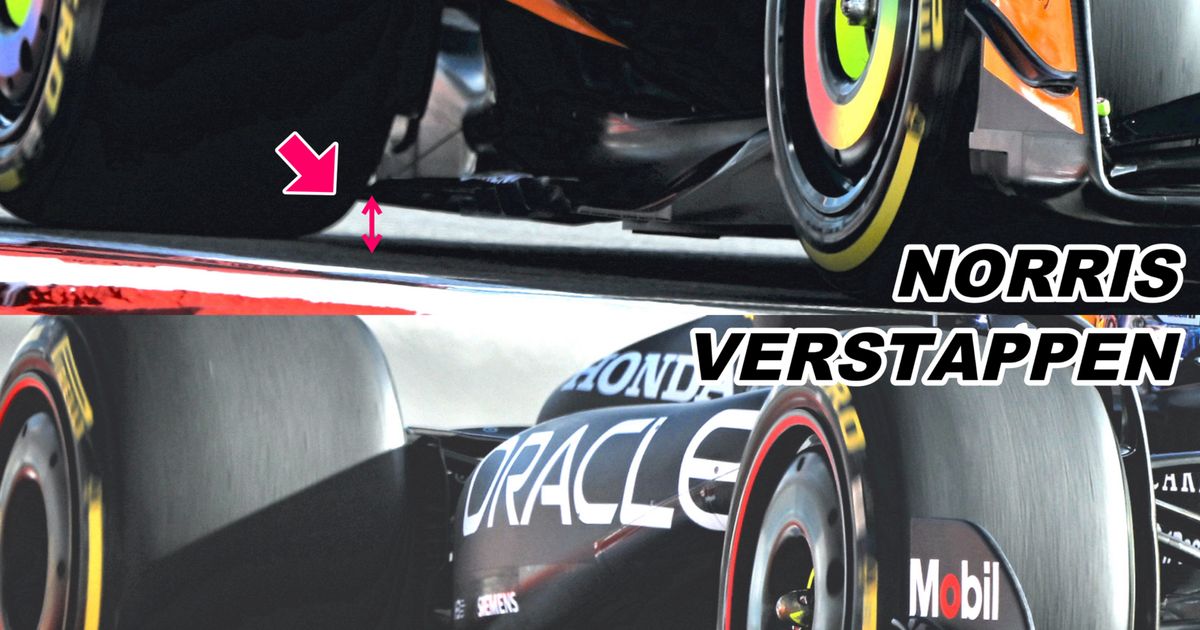The team passed this test successfully: since the one-hour training session on Friday, the RB21 appeared to be very balanced in both the high-speed corners and the slow sections. Thanks to the high downforce generated by the Venturi channels and the very stable aeromechanical platform, the car really made the difference in the first sector, characterized by a sequence of high-speed corners that require a well-balanced car and a responsive front end.
However, Verstappen still complained about “bottoming out”: After using the hard C1 tire for most of the training and also completing a short long run on this set, all teams switched to the soft tire with a red ring in the final phase in order to test their performance in front of their eyes in the sprint qualifying. However, during his lap, Verstappen's RB21 landed hard on the ground in the first sector, preventing the driver from pushing the car to the limit and gaining time on the two McLarens in this favorable section.
In fact, the team chose a fairly aggressive ride height on the rear axle to maximize the downforce generated and make the car more balanced between the front and rear axles. The choice was probably too extreme, as the rear floor scraped the ground at high speed, causing a loss of downforce as airflow was interrupted and a loss of grip.
As a result, Verstappen only finished the session in fifth place, having put in a very solid long-term performance on the tough terrain halfway through the session. This is further confirmation that the car has improved in terms of tire management in hot conditions (during FP1 the air temperature was 30°C, the track was around 40°C).
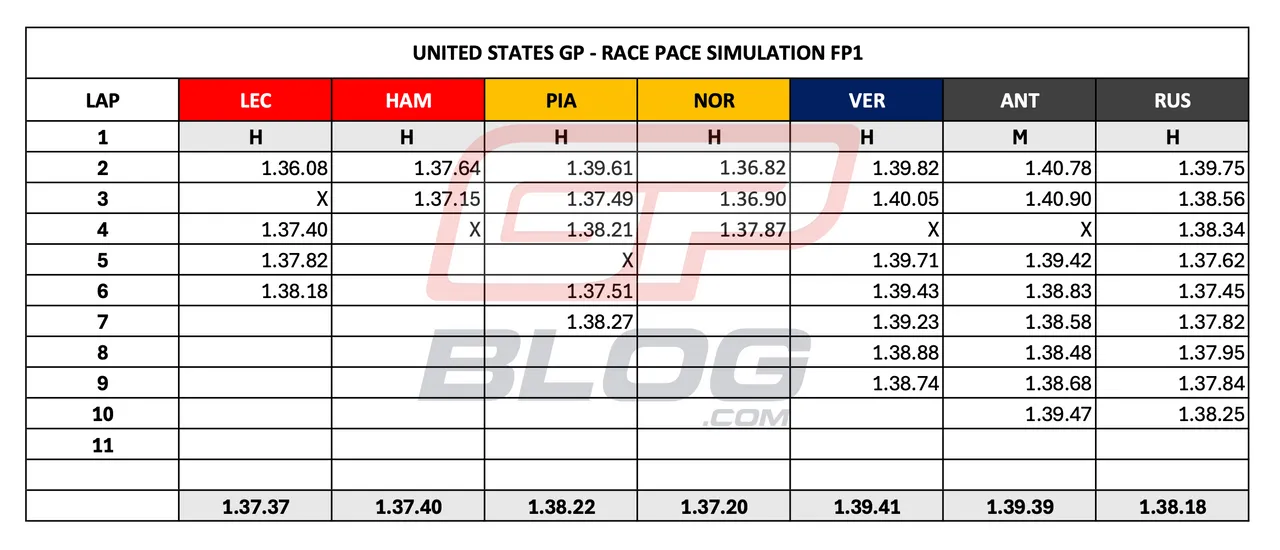
Race pace comparisons during FP1 – Image: GPblog
After practice, the team made some mechanical changes to raise the car slightly at the rear axle, enough to avoid bottoming out without losing too much downforce. The results were extremely positive as Verstappen managed to take pole in sprint qualifying. The performance in the three sectors highlighted another interesting aspect: the four-time world champion managed to cool the tires in the middle sector and then have enough tire grip in the last sector, where he lost the most time compared to McLaren.
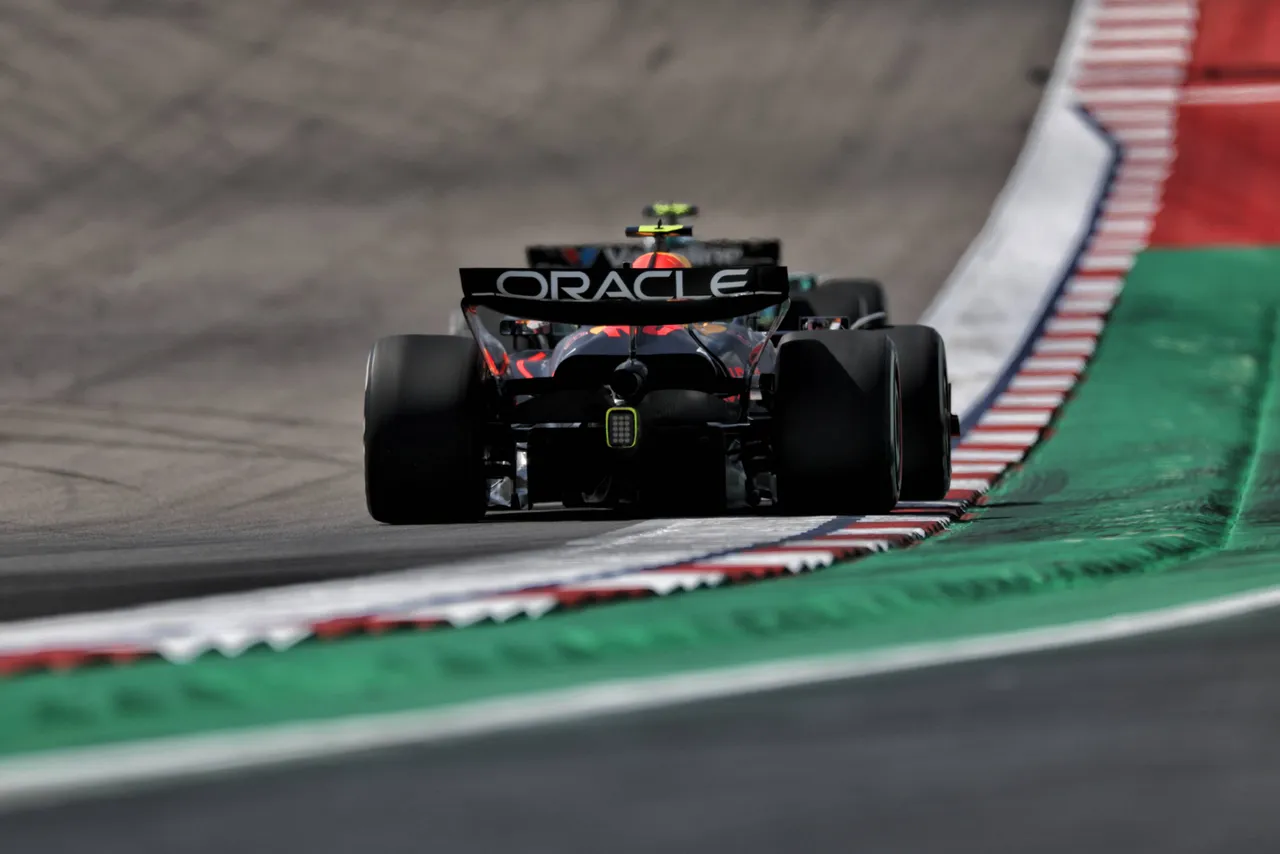
Yuki Tsunoda in action at the United States Grand Prix – Photo: Race Pictures
Why is the RB21 closer to the ground compared to the MCL39?
As for McLaren, after the last three disappointing weekends they came to Austin hopeful of winning again. The only practice seemed to demonstrate the same superiority shown in the first half of the season on similar tracks (such as Miami and Austria): thanks to the large load generated by the Venturi channels, both Norris and Piastri actually showed a very strong performance in the latter part of the first sector, such as in Turn 7/8/9, medium speed corners where a balanced car is needed.
In addition, another strength has emerged since FP1: the car's ability to keep the tires alive throughout the lap, despite the enormous load on both axles in the first two sections of the Circuit of the Americas. Thanks to the design of the brake ducts, the MCL39 is quite good at keeping the tire temperature under control throughout the lap, which brings huge benefits. As a result, Piastri and Norris were the only two divers in their sector with enough tires and grip to set purple lap times.
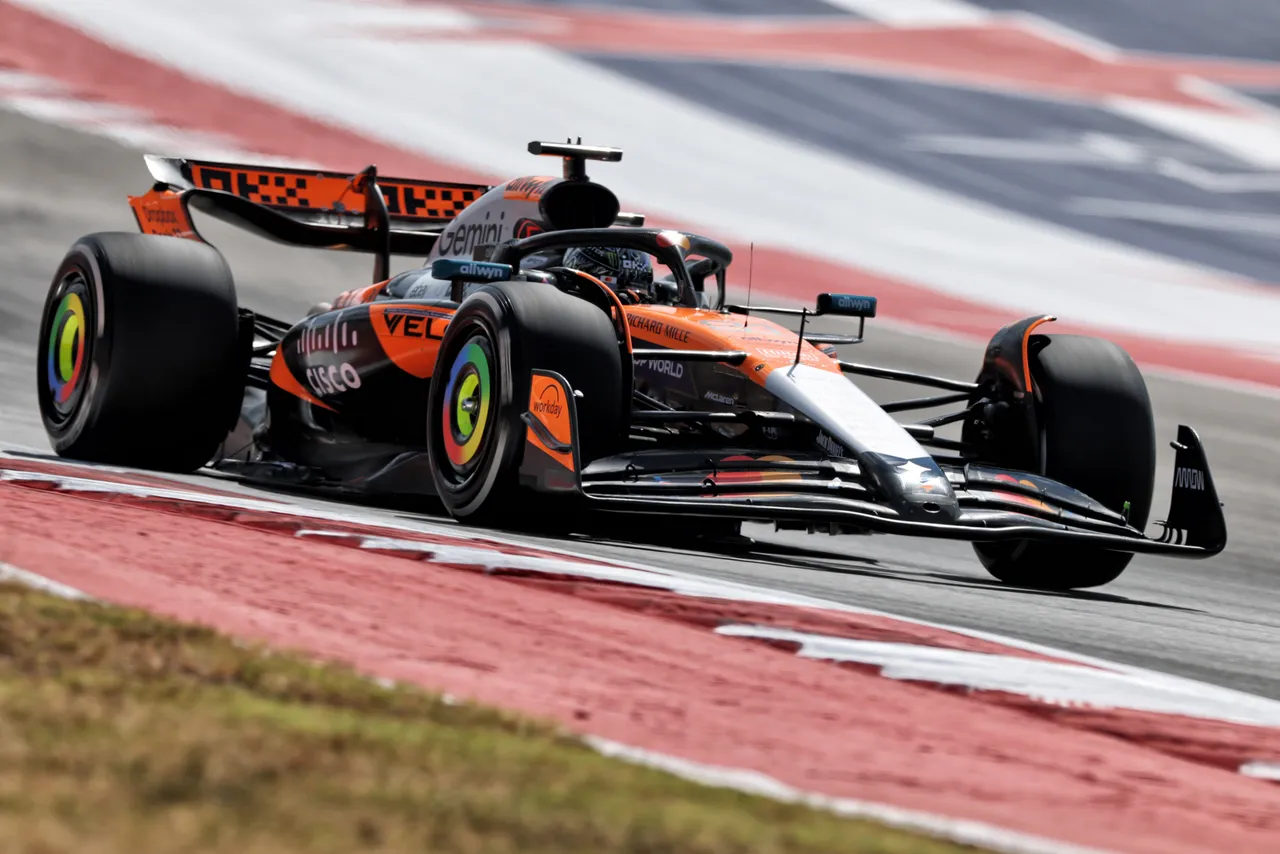
Oscar Piastri during Free Practice 1 at COTA – Photo: Race Pictures
Such a performance could have suggested that pole position in sprint qualifying would have been a McLaren affair. However, Piastri appeared to be behind Norris throughout Friday and Verstappen's phenomenal final lap prevented Norris from starting from pole in Saturday's sprint.
During qualifying, a very interesting technical aspect came to light: Red Bull and McLaren had very different ride heights, a decision related to the car's concept design. As highlighted in the image below, McLaren actually chose a conservative ride height, aware that its floor can generate a good level of downforce even at higher altitudes (top image, pink arrow).
On the other hand, Verstappen chose a very aggressive ride height in order to maximize the downforce generated by the Venturi channels and have as much downforce as possible in the first sector, where the RB21 made the difference with McLaren (bottom image, pink arrow). This image proves that the ground introduced at Monza also allowed the team to drive the car lower, with corresponding benefits.
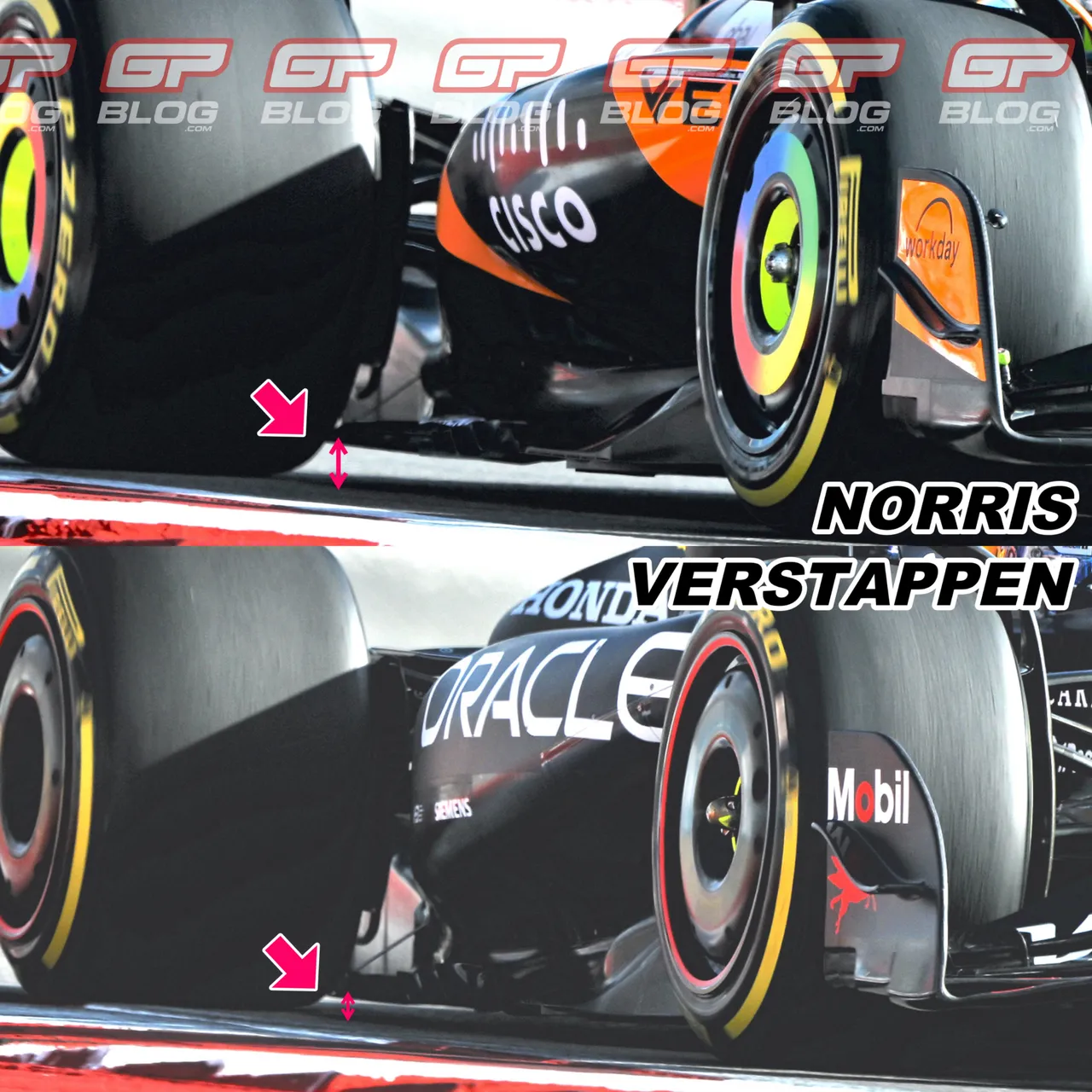
Ground ride height of Norris vs. Verstappen in sprint qualifying – Photo: Race Pictures
Still, it will be interesting to see McLaren's performance during the sprint. They have clearly proven that they are in better shape compared to Singapore and the MCL39's advantage in tire management could come to the fore during the 19 laps of the short race.
Mercedes and Ferrari had problems in Austin
The highly versatile layout and hot conditions have once again brought to light some of the W16's limitations, including mediocre performance in the high-speed and medium-speed corners and difficulties with rear tire management in the third sector.
These elements made Russell and Antonelli's qualifying worse than expected: the Italian failed to make it into SQ3 and ended up in P11, while the Brit finished SQ3 in P5 behind the Sauber of Nico Hulkenberg. It will be interesting to see if the team manages to find a better working window for the car between the sprint and qualifying on Saturday, allowing the drivers to show a stronger performance in Saturday's main qualifying.
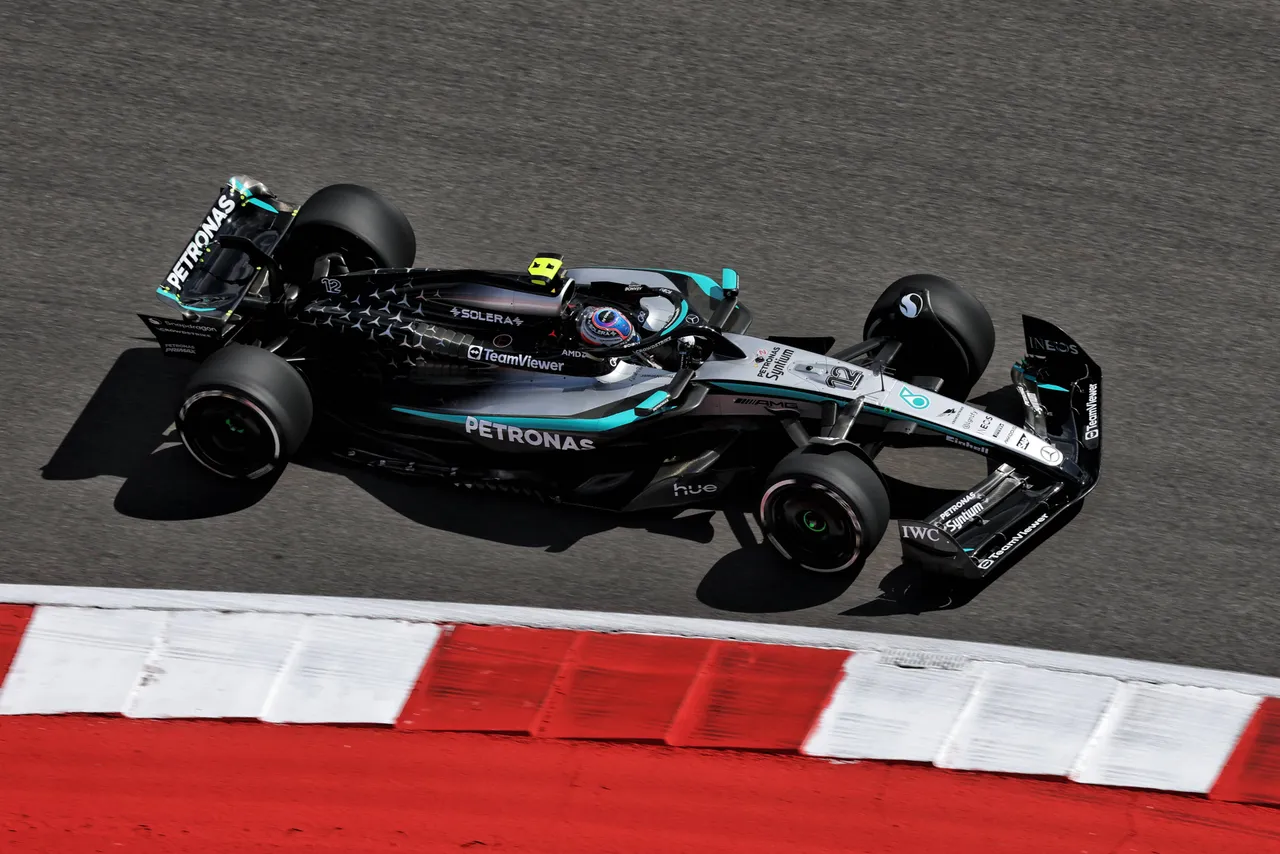
Kimi Antonelli in FP1 action at the United States Grand Prix – Photo: Race Pictures
Last but not least, Ferrari showed a very similar performance to Miami: the route and the number of bumps took advantage of all the limitations of the SF-25. In fact, since the beginning of the season, Ferrari has always been quite strong on the tracks where no compromises were required in the set-up, as was the case in Monaco or Silverstone.
However, the mixed corners and long straights of the Circuit of the Americas only show that the SF-25 has no particular strength, but rather shows very mediocre performance in all corners.
Furthermore, the bumpy nature of the track forces all teams to raise their cars higher, but Ferrari loses more than the competition in this regard: the SF-25 is actually a car designed to drive as close to the ground as possible in order to maximize the downforce generated by the Venturi channels and achieve peak performance. However, on such a track it is impossible to drive the car too low as the planks will wear excessively and could lead to disqualification during the main race, as was the case in 2023.
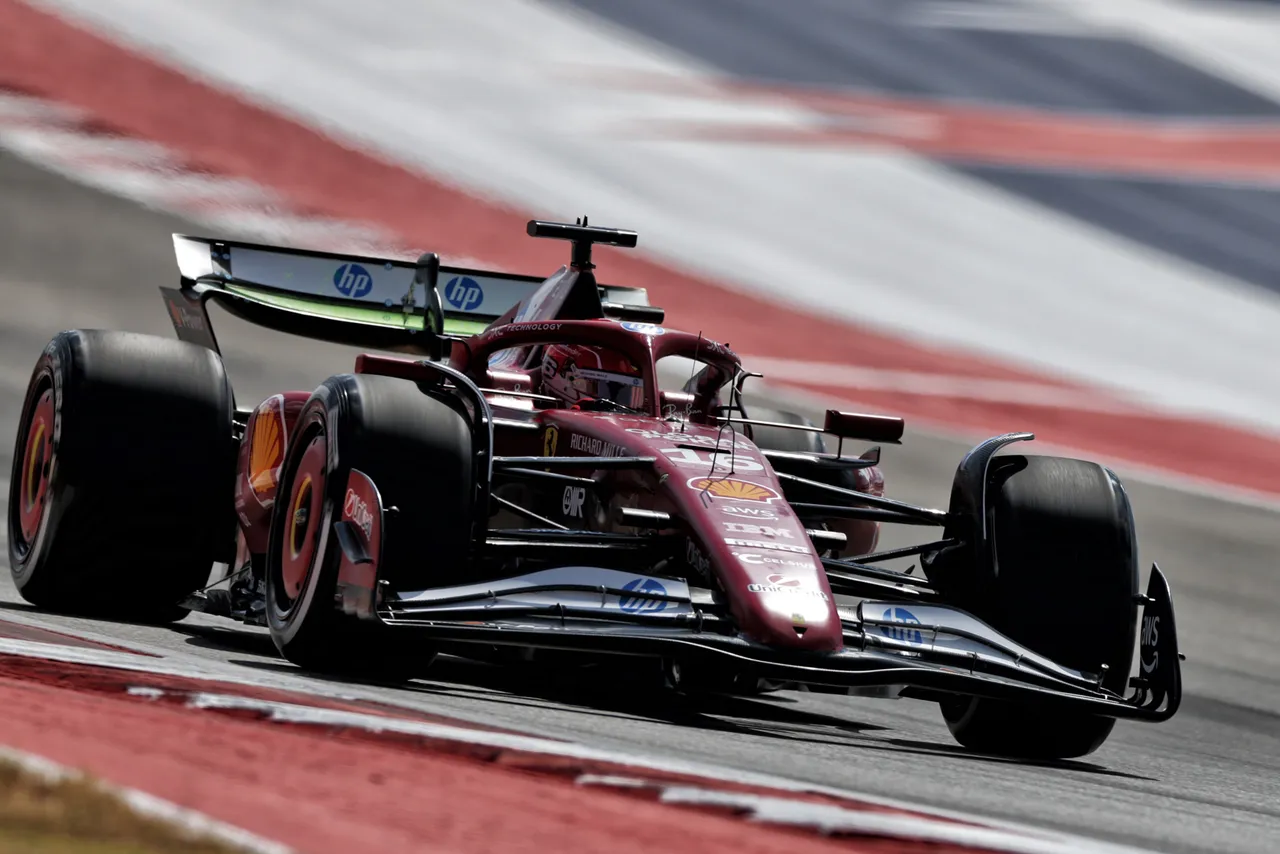
Charles Leclerc at the US Grand Prix – Photo: Race Pictures
Due to these technical aspects, Ferrari's pace during sprint qualifying was quite disappointing: Hamilton and Leclerc struggled to get into Q3, while the Brit only finished Q2 in P10. SQ3 didn't go much better, with the drivers finishing the session in eighth and tenth place, behind the two Williams, both Mercedes and even a Sauber.
It will be particularly difficult for them to achieve second place in the constructors' championship, especially after the late rise of Mercedes and Red Bull. The negative moment that the team is going through also reflects the fact that the team has failed to deliver a strong car since the start of the SF-25 after the victory in Austin twelve months ago, and also after the introduction of a revised rear suspension in Spa-Francorchamps has never shown a positive performance.
